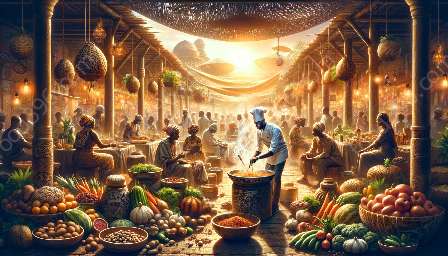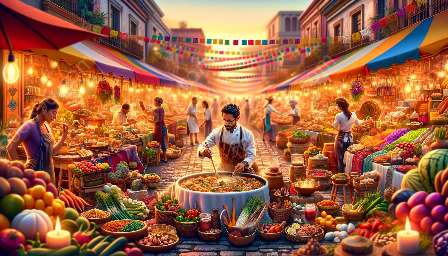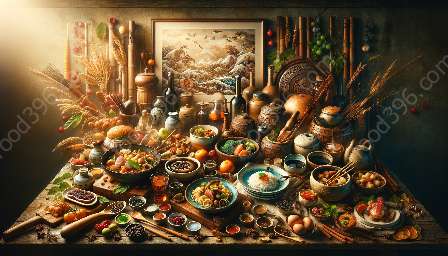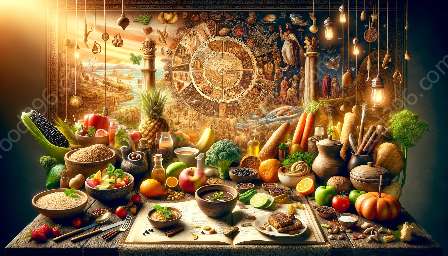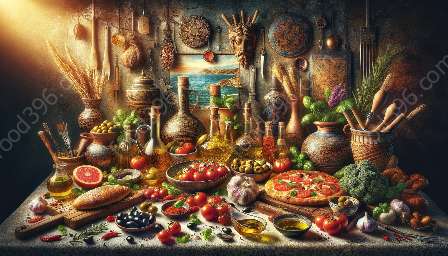When it comes to Brazilian cuisine, the journey is as diverse and vibrant as the country itself. From its indigenous roots to the culinary influences of Portuguese, African, and immigrant cultures, the history of Brazilian food is a delightful mosaic of flavors, traditions, and stories. Let's embark on a delectable journey through the food history of Brazil.
The Indigenous Roots
The history of Brazilian cuisine traces back to the indigenous people who inhabited the land long before the arrival of European explorers. These native tribes, which included the Tupinambá, Guarani, and many others, had a profound impact on the culinary landscape of Brazil. They cultivated and consumed a variety of foods, including corn, cassava, beans, and fruits. The indigenous cooking methods, such as roasting meats over open flames and using ceramic pots, also left an indelible mark on Brazilian gastronomy.
The Portuguese Influence
In 1500, the arrival of the Portuguese explorers marked a significant turning point in the history of Brazilian cuisine. With them, the Portuguese brought a wide array of ingredients, cooking techniques, and culinary traditions that would meld with the indigenous flavors to create a unique culinary tapestry.
One of the most enduring contributions of the Portuguese to Brazilian cuisine was the introduction of several key ingredients, such as rice, sugarcane, and livestock. Additionally, the Portuguese influence is evident in the wide use of spices, the tradition of salted cod (bacalhau), and the popularization of baking in the country.
The African Heritage
The transatlantic slave trade brought thousands of Africans to Brazil, where their culinary heritage became an integral part of the country's food culture. The African influence is especially pronounced in the flavors and cooking techniques of Brazilian cuisine.
African ingredients, such as okra, palm oil, and various tropical fruits, found their way into Brazilian kitchens, enriching the culinary landscape with new flavors and textures. Moreover, the art of cooking with dendê oil, creating rich stews and using vibrant spices are all part of the lasting legacy of African culinary traditions in Brazil.
Immigrant Contributions
Throughout the 19th and 20th centuries, Brazil experienced significant waves of immigration, particularly from Europe, the Middle East, and Asia. These immigrant communities brought with them their own culinary traditions and ingredients, further diversifying and enriching the culinary mosaic of Brazil.
Italian, Japanese, German, and Lebanese immigrants, among others, left an indelible mark on Brazilian cuisine, introducing new flavors, dishes, and cooking techniques that would become beloved staples of the country's food culture.
Regional Diversity
One of the most fascinating aspects of Brazilian cuisine is its regional diversity. From the Amazon rainforest to the coastal regions, from the fertile plains to the sertão, each region of Brazil has its own unique food traditions and flavors, shaped by the local ingredients and cultural influences.
The North boasts exotic fruits, fish, and indigenous dishes, while the Northeast is known for its rich seafood, coconut-infused delicacies, and hearty stews. In the Southeast, the influence of Italian and German immigrants is evident in the hearty pasta dishes and baked goods, while the South celebrates its gaucho tradition with a love of barbecued meats and hearty, European-inspired dishes. The vibrant and diverse cuisine of Brazil is a reflection of the country's rich cultural tapestry and natural abundance.
Celebrating Brazilian Flavors
From feijoada, the iconic black bean and pork stew, to acarajé, a deep-fried bean and shrimp fritter, Brazilian cuisine is a celebration of bold flavors, vibrant colors, and diverse influences. The culinary history of Brazil is a captivating tale of resilience, fusion, and creativity, where each dish tells a story of the country's rich and diverse heritage.
So, whether you're savoring a moqueca in Bahia, enjoying a churrasco in Rio Grande do Sul, or indulging in a decadent brigadeiro for dessert, the flavors of Brazilian cuisine are sure to delight and inspire a love for the country's vibrant culinary legacy.




